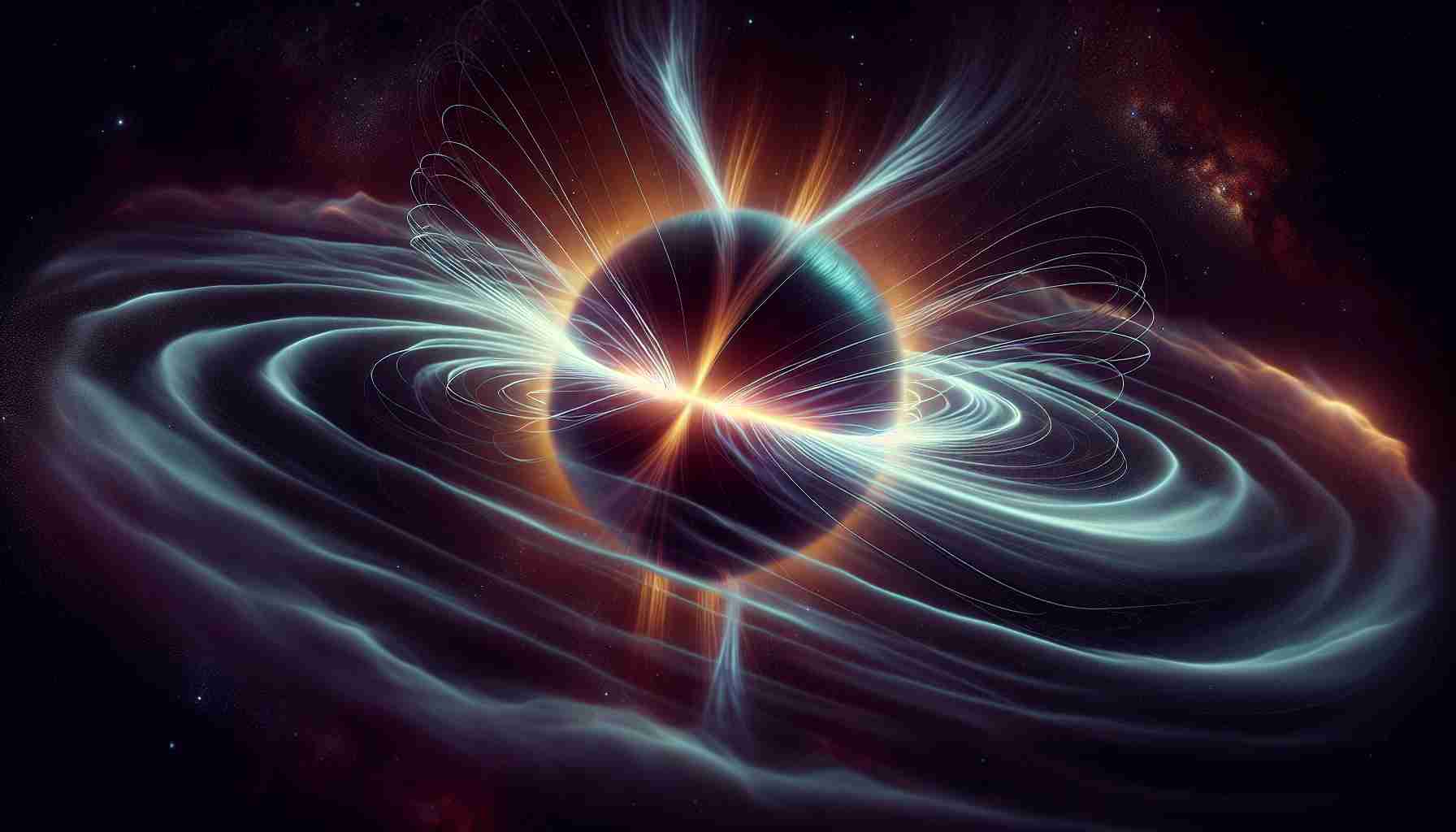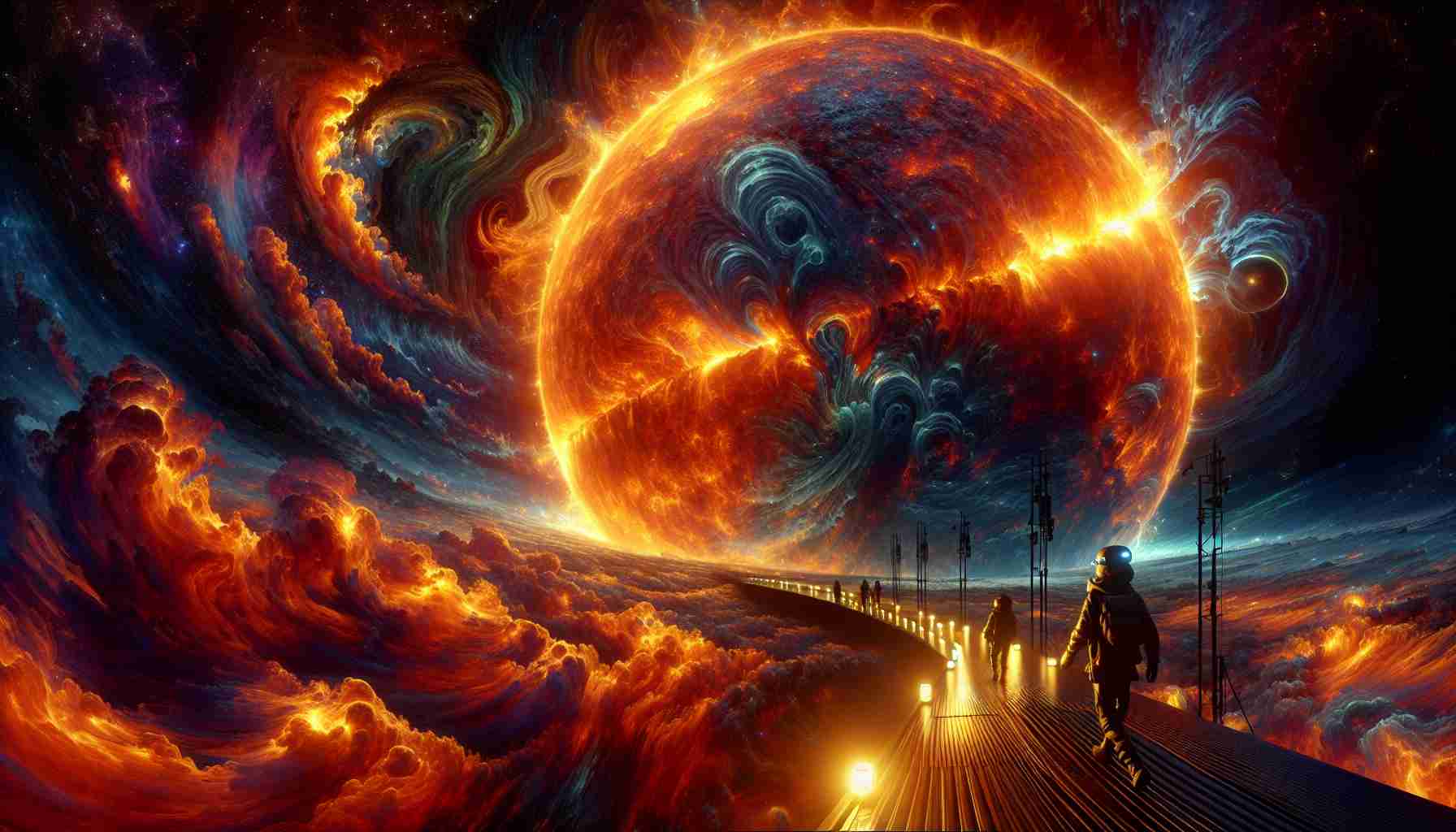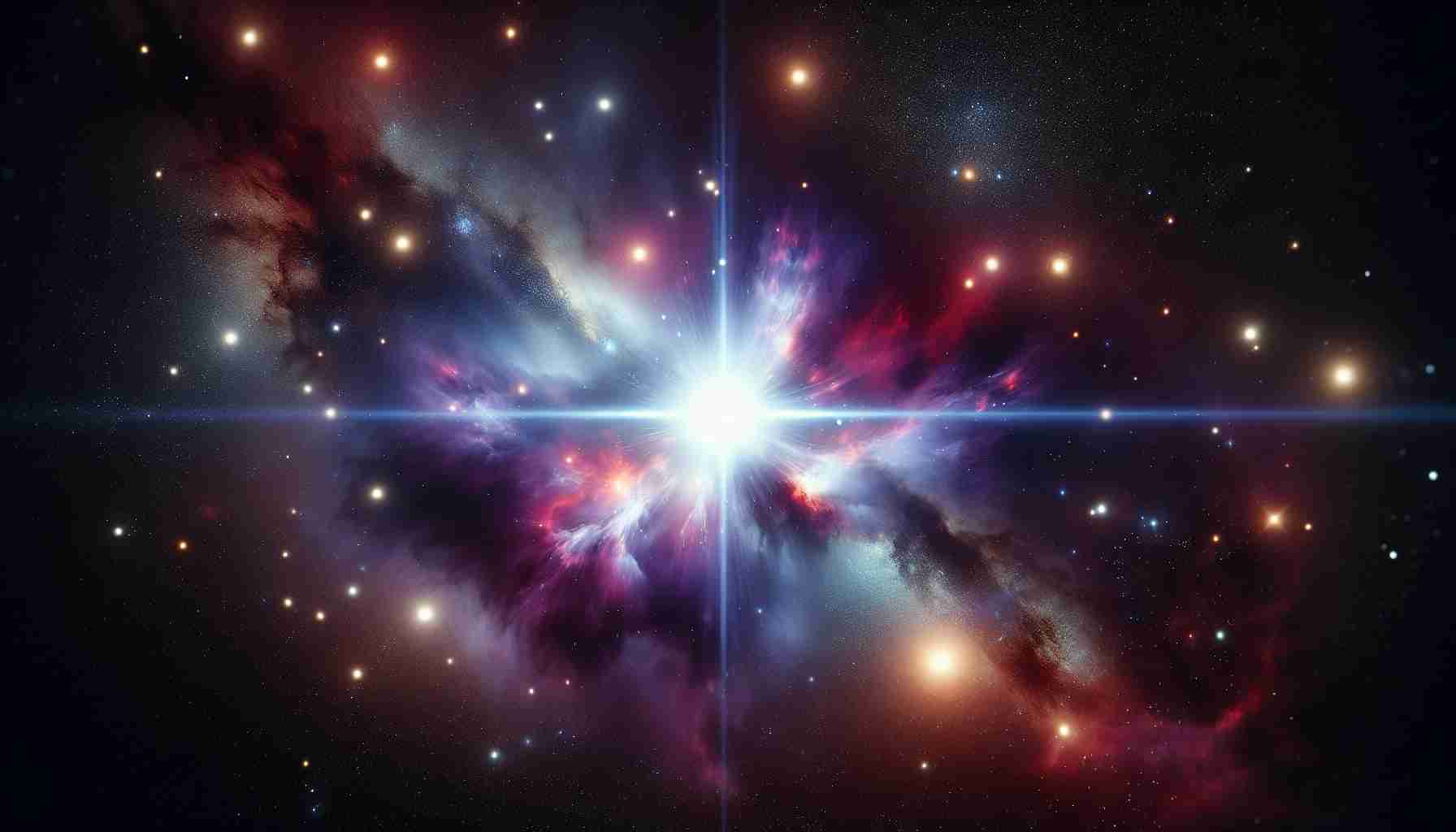Magnetars and Fast Radio Bursts
In a groundbreaking study, astronomers have pinned down the origins of mysterious cosmic phenomena known as fast radio bursts (FRBs). A specific event, FRB 20221022A, detected in 2022, revealed its source to be a magnetar, a highly magnetized neutron star located 200 million light-years from Earth.
This extraordinary discovery marks the first solid evidence linking magnetars to the emission of these intense radio signals. Researchers noted that the environment surrounding magnetars features magnetic fields stretching to extremes rarely seen elsewhere in the Universe. The immense energy within these fields can twist and reconfigure, releasing bursts of radio waves detectable across vast cosmic distances.
The research employed a technique called scintillation, similar to the twinkling of stars, which allowed scientists to gauge the distortion of light caused by gas in space. Through this method, they accurately traced the radio wave’s origin to a specific region around the magnetar, narrowing it down to an astonishing 10,000 kilometers, roughly the size of a small star.
Scientists believe that the findings may unlock a deeper understanding of FRBs, potentially revealing a wealth of cosmic diversity and other stellar sources capable of creating such powerful emissions. This innovative approach could revolutionize how astronomers explore the Universe’s most enigmatic bursts of energy.
Unlocking the Mysteries of the Cosmos: The Link Between Magnetars and Fast Radio Bursts
Fast radio bursts (FRBs) are among the most mysterious cosmic phenomena, characterized by intense bursts of radio waves that last only milliseconds. Recent research, particularly focusing on FRB 20221022A, has opened new avenues in our understanding of these enigmatic signals and their sources.
The Groundbreaking Discovery
Astronomers have confirmed that magnetars, highly magnetized neutron stars, are responsible for certain FRBs. The remarkable event FRB 20221022A, detected in 2022, is situated approximately 200 million light-years away from Earth. This connection between magnetars and FRBs offers the first substantial evidence linking these two cosmic curiosities, challenging previous assumptions about the origins of FRBs.
How Do Magnetars Produce FRBs?
The mechanism behind the production of FRBs by magnetars involves the extreme magnetic fields surrounding them. These fields can generate immense amounts of energy, twisting and reconfiguring to release bursts of radio waves. This process is similar to plasma bursts and can explain the rapid and powerful emissions characteristic of FRBs.
Techniques in Research
Researchers utilized scintillation techniques to analyze the light distortion caused by interstellar gas, akin to the twinkling of stars. This method allowed them to precisely locate the source of FRB 20221022A to a region about 10,000 kilometers across, comparable to the size of a small star. Such precision in tracking has profound implications for the future study of cosmic phenomena.
Implications for Astronomy
This discovery could vastly enhance our understanding of not just FRBs but also of magnetars and other potential sources of high-energy astrophysical events. Scientists speculate that the insights gained could reveal new types of stellar bodies, leading to the identification of other sources capable of producing similar radio emissions.
Features and Specifications of Magnetars
– Mass and Size: Magnetars can have masses around 1.4 times that of our Sun, with diameters of about 20 kilometers.
– Magnetic Field Strength: They possess magnetic fields more than a thousand times stronger than those of ordinary neutron stars.
– Lifespan and Activity: Magnetars have relatively short active periods in cosmic terms, with lifetimes of about 10,000 years during which they could exhibit unpredictable behavior, including outbursts and the production of FRBs.
Trends and Future Research
The connection between magnetars and FRBs has sparked a renewed interest in conducting astronomical surveys and monitoring the sky for similar signals. As technology progresses, the ability to detect and analyze FRBs may significantly enhance, leading to more groundbreaking discoveries in the field of astrophysics.
Potential Use Cases in Astrophysics
– Mapping Cosmic Structures: Understanding FRBs can help map the distribution of matter in the universe.
– Probing Interstellar Medium: The study of scattered light can yield insights into the interstellar medium’s density and composition.
– Understanding Stellar Evolution: Research into magnetars and the environments they inhabit may provide clues about the evolution of massive stars.
Limitations and Challenges
– Observation Limitations: The transient nature of FRBs makes them challenging to observe and study.
– Theoretical Models: Existing theoretical models may need revision to incorporate new data from studies linking magnetars and FRBs.
Conclusion
The discovery linking magnetars to fast radio bursts represents a significant leap forward in our understanding of the universe. With ongoing research and advancements in observational techniques, astronomers are poised to unlock even more secrets hidden in the depths of space.
For more information and the latest on cosmic phenomena, visit astronomy.com.
















